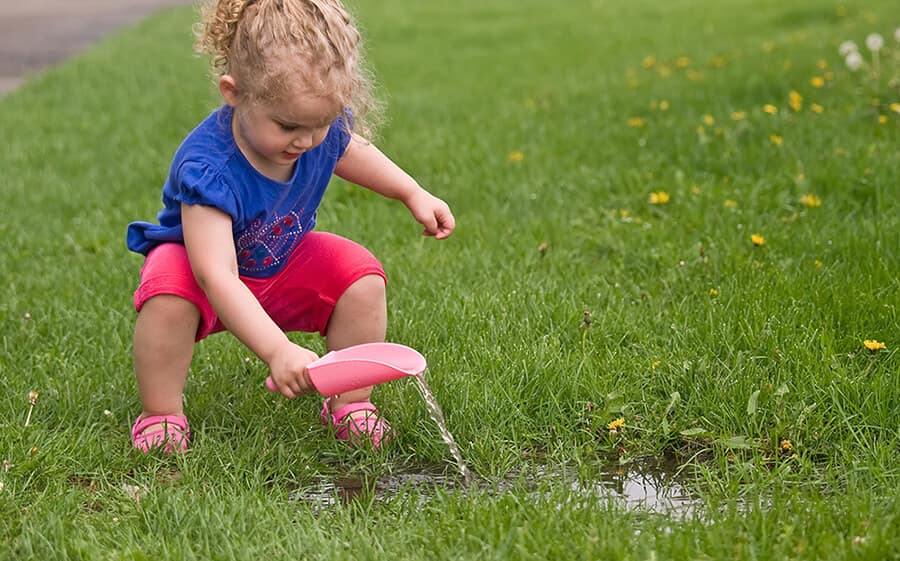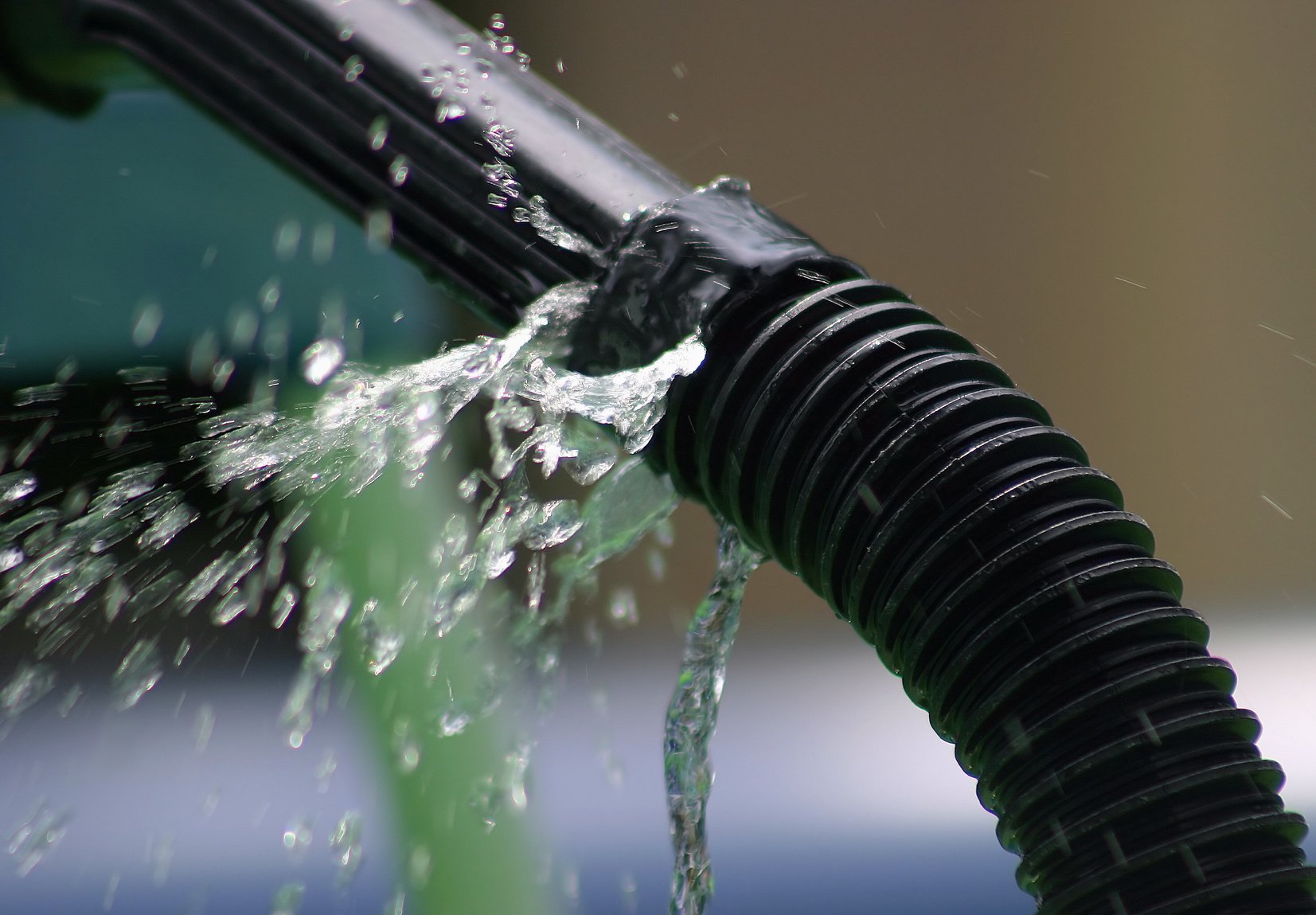Identify A Half-Dozen of The Commonest Causes for Leak Issues in Your Residence
Identify A Half-Dozen of The Commonest Causes for Leak Issues in Your Residence
Blog Article
They are making several great pointers on the subject of How to detect water leaks in your home overall in the content following next.

Leaks not only trigger waste of water however can additionally create unneeded damage to your home as well as advertise unwanted natural growth. Sadly, water leaks may go undetected because the majority of the pipework in our house is concealed. By looking and also recognizing for daily circumstances that create leakages, you can shield your house from future leakages and also unneeded damage. Today, we will certainly consider 6 leakage causes that might be creating your pipes to leak.
Elbowing in roots
Most water leaks start outside the home rather than inside it. You could notice damp spots or sinkholes in your lawn, and also that could mean that tree roots are getting into water lines creating water to leak out.
Corroded water supply
This may be the reason of staining or bending on your water pipelines. If our plumbing system is old, consider replacing the pipes because they are at a higher threat of corrosion than the newer models.
Faulty Pipe Joints
The point at which your pipes attach is frequently the weakest link in the waterline. Pipe joints can weaken over time, resulting in water leaks. Unfortunately, most of pipe joints are not easily visible. If you have noisy pipelines that make ticking or banging sounds, specifically when the warm water is turned on, your pipe joints are probably under a great deal of stress. It is recommended to have your plumber check your system yearly.
Immediate temperature modifications.
Severe temperature level changes in our pipelines can trigger them to broaden and contract unexpectedly. This expansion as well as tightening might create cracks in the pipelines, specifically if the temperature level are below freezing. It would be best if you watched on exactly how your plumbing functions. The presence of the previously discussed circumstances often shows a high threat.
Poor Water Connectors
At times, a leakage can be triggered by loose hose pipes and pipelines that provide your appliances. In instance of a water links leakage, you might see water running straight from the supply line or pools around your appliances.
Obstructed Drains
Clogged drains could be aggravating and inconveniencing, however they can sometimes end up causing an overflow leading to burst pipes. Keep getting rid of any kind of materials that might drop your drains that can block them to prevent such inconveniences.
All the above are reasons for leakages but not all water leaks result from plumbing leaks; some leakages might come from roofing system leaks. All leakages ought to be fixed right away to avoid water damage.
Leakages not only trigger waste of water but can additionally create unneeded damage to your house and also promote undesirable natural growth. By looking and recognizing for daily situations that cause leakages, you can shield your house from future leaks and unnecessary damages. Today, we will look at six leakage triggers that may be creating your pipelines to drip.
At times, a leak can be created by loosened hose pipes and also pipelines that supply your appliances. In instance of a water connections leakage, you might discover water running straight from the supply line or pools around your appliances.
How To Check For Water Leak In Your Home
How To Check for Leaks
The average household's leaks can account for nearly 10,000 gallons of water wasted every year and ten percent of homes have leaks that waste 90 gallons or more per day. Common types of leaks found in the home are worn toilet flappers, dripping faucets, and other leaking valves. These types of leaks are often easy to fix, requiring only a few tools and hardware that can pay for themselves in water savings. Fixing easily corrected household water leaks can save homeowners about 10 percent on their water bills.
To check for leaks in your home, you first need to determine whether you're wasting water and then identify the source of the leak. Here are some tips for finding leaks:
Take a look at your water usage during a colder month, such as January or February. If a family of four exceeds 12,000 gallons per month, there are serious leaks.
Check your water meter before and after a two-hour period when no water is being used. If the meter changes at all, you probably have a leak.
Identify toilet leaks by placing a drop of food coloring in the toilet tank. If any color shows up in the bowl after 10 minutes, you have a leak. (Be sure to flush immediately after the experiment to avoid staining the tank.)
Examine faucet gaskets and pipe fittings for any water on the outside of the pipe to check for surface leaks.
Undetected water leaks can happen without the home or business owner even realizing. If you suspect a water leak, but not able to find the source. It is time to contact a professional water leak detection service, The Leak Doctor.
How To Find a Water Leak In Your Home
https://www.leakdoctor.com/blog/How-To-Check-For-Water-Leak-In-Your-Home_AE197.html

We were guided to that editorial about Top Causes of Home Water Leaks through an acquaintance on our other web blog. Be sure to take the time to promote this write-up if you enjoyed it. Thank you so much for going through it.
Drips? Dial fast! Report this page